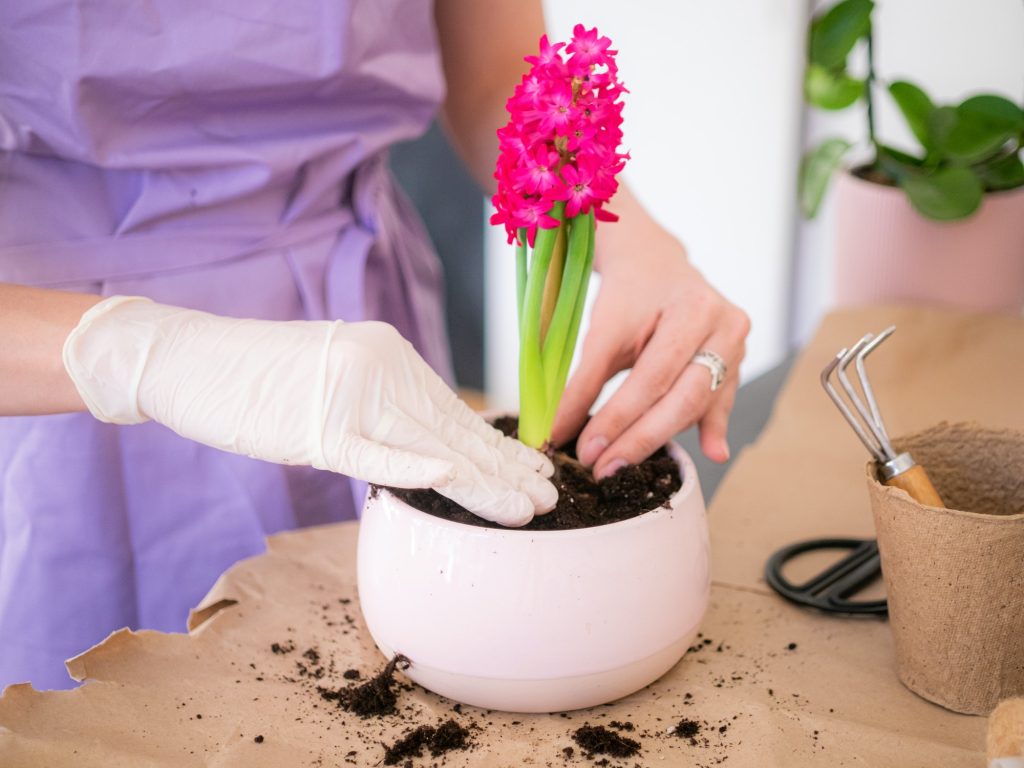When it comes to choosing houseplants, growers make their choices based on their preference for the foliage design, color, scent, size, and maintenance level of the Houseplants.
The theme of a home is usually a factor when choosing houseplants especially when they would be grown as indoor plants; the plants are usually selected to match the style in the home.
Pink has a calming and refreshing effect naturally and most houseplant growers consider pink house plants a perfect option for propagation. Pink houseplants are hard to ignore especially when placed in appropriate positions with attractive containers.
Most pink houseplants are varieties of a specific species of the houseplant. This implies that when ordering from a nursery or online, you must specify the variety you want. Sometimes, the pH. the level of your soil determines how pink your houseplant would be.
10 Beautiful Pink House Plants For Your Home
For house plants growers who are considering propagating pink flowers both for the interior and exterior of their homes, we have compiled a list of 10 beautiful pink house plants for you. From any of the options provided below, choose the next pink houseplant for your home.
1. Pink Hydrangeas
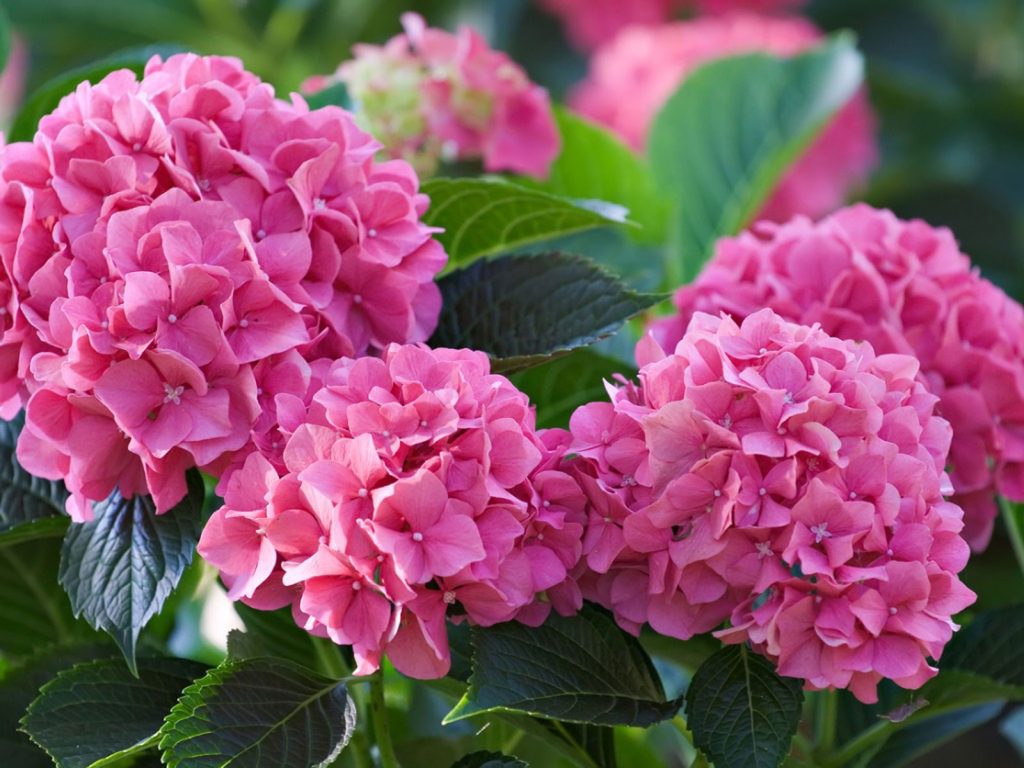
The Pink Hydrangea is an easy to propagate plant and with the pink flowers it produces during bloom time, it is a great option for beginners.
The Pink Hydrangea thrives when exposed to direct sunlight and should receive a minimum of 6 hours of sunlight daily. They can be grown indoors and outdoors, although the provision of basic requirements needed to thrive would differ.
If grown outdoors, it is best to grow them in raised beds for a full bloom. The Pink Hydrangea is drought-resistant, but their soil needs to be kept moist. Gauge your watering to avoid waterlogged soil that can lead to root rot. The most appropriate temperature for them to grow is 21 °C during the day and 10 °C at night.
Misting the leaves regularly preserves the brightness of the foliage appearance, wades off pests, and prevents soil build-up.
The Pink Hydrangea is susceptible to aphids, beetles, spider mites, and hydrangea scales. Consistently lookout for these pests to prevent a severe attack that can damage your plant. If you notice mildew on your pink hydrangea, treat it with fungicides.
2. Pretty Pink Caladium

The Pink Caladium is the popular name for the Caladium bicolor. Also referred to as Angel Wings, the plant stands out for its heart shape and veined foliage design. While tending to the plant or pruning, ensure you wear gloves as their sap can cause skin irritations. In addition, keep your kids and pets away from the Pink Caladium.
The Pink Caladium can be grown both indoors and outdoors. Grow your Pink Caladium in organic soil and improve the organic content by adding mulch and compost. Prevent drooping and wilting leaves or flowers by adequately watering the plant and placing it in a location where it can receive bright direct sunlight.
To enhance their growth, fertilize the plant once a month but if you notice a change in foliage appearances such as yellow leaves or dull leaves, stop fertilizing till the plant recovers. If your Pink caladium suffers from root rot as a result of overwatering, repot the plant to give it another chance of survival.
3. Earthstar
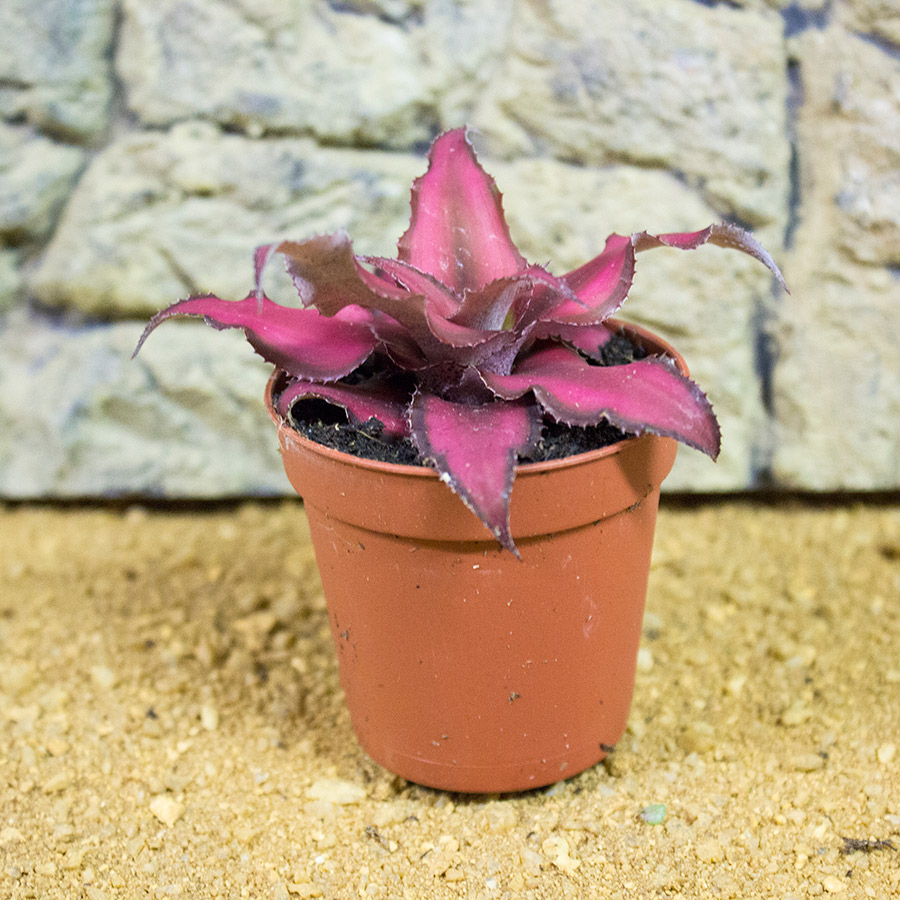
The best way to complement the beauty of the distinct shaped plant is growing them in attractive containers that enhance both their outlook and your home’s. The Earthstar is the common name for the Crypthanus. If you have a busy schedule, the Earthstar is a good option for you as it is easy to propagate and is also a low-maintenance plant.
They can be grown in containers and nursery beds. Because of their wide leaves, it is best to make use of a wide plastic container; ensure the width is larger than the depth of the container. When grown indoors, do not place in dark locations as they would be deprived of sufficient light needed to thrive.
If natural light in your home does not suffice, make use of artificial light.
If your Earthstar is to be grown outdoors, place them in shaded locations where they can receive bright indirect light. You can order your earth star from nearby nurseries or sites like Amazon.
4. Pink Congo Philodendron
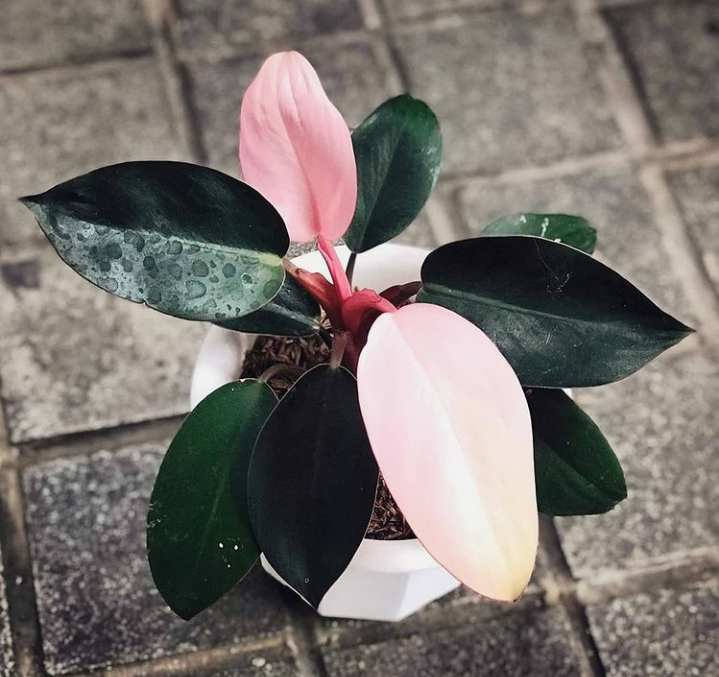
With the bright pink and lush-looking leaves of the Pink Congo, it is certain to spice up your home as well as enthrall visitors.
When placed in appropriate locations and attractive containers, the Pink Congo accents the beauty of your home. They can be grown both indoors and outdoors. In addition, you may desire them in dangle baskets rather than the regular way of potting them.
Keep away from pets and kids as they can be poisonous when ingested. Do not expose them to direct sunlight but keep them partially shaded. Since they are susceptible to root rot when overwatered, make use of drilled pots or containers to prevent excess water build-up.
The best fertilizer to make use of is liquid-based fertilizer. Pest infestations that are likely to occur are from aphids, mealybugs, and spider mites. Prevent an attack from these pests by regularly spraying the leaves. Combat pest infestations with pesticides or insecticidal soaps.
5. Pink Nerve Plant
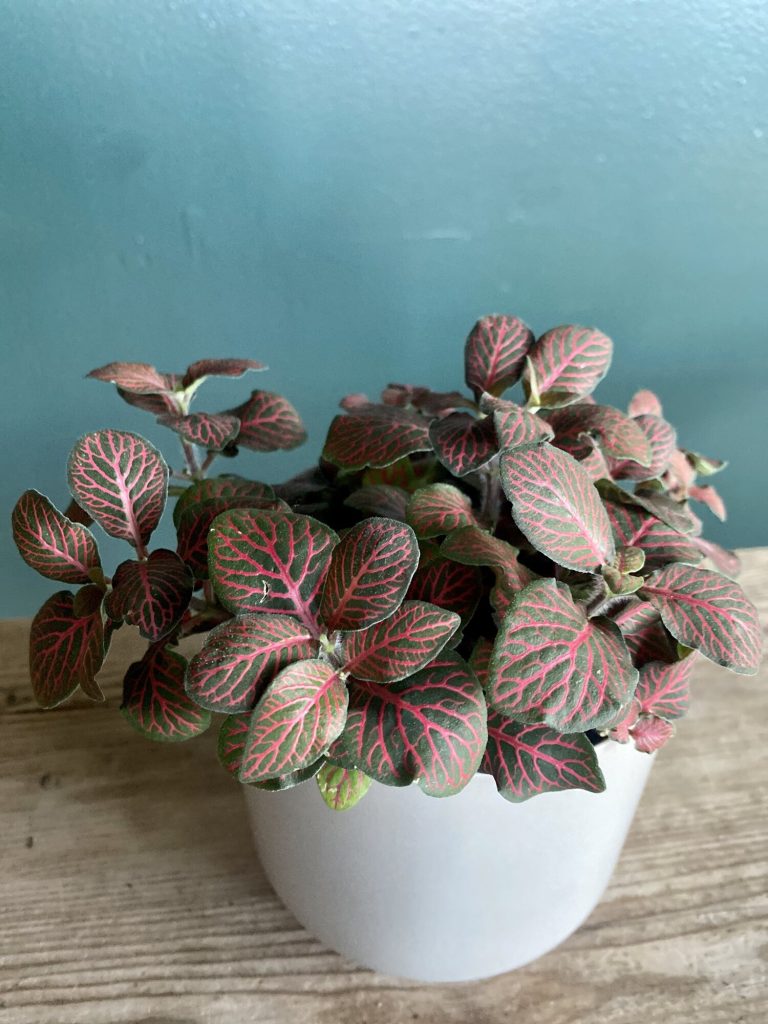
The Pink Nerve plant is the common name for the Fittonia plant and its easy propagation makes it suitable for beginner house plant growers since they are not as delicate as other plants. The Pink Nerve plant prefers to be partially shaded from light and must be kept away from bright direct sunlight.
Misting the leaves of the Pink Nerve plant helps in improving the humidity level for the plant. Before watering your plant, check the soil mix with your fingers to gauge how much water the plant needs before watering. The soil must never completely dry out before watering.
The Pink Nerve plant is prone to damage when placed near fans or rafting appliances as the stems could easily break. Pruning helps boost the growth of the plant. Nip off dead leaves to enhance the growth of new ones. Remember to sterilize your equipment before pruning.
6. Syngonium pink neon
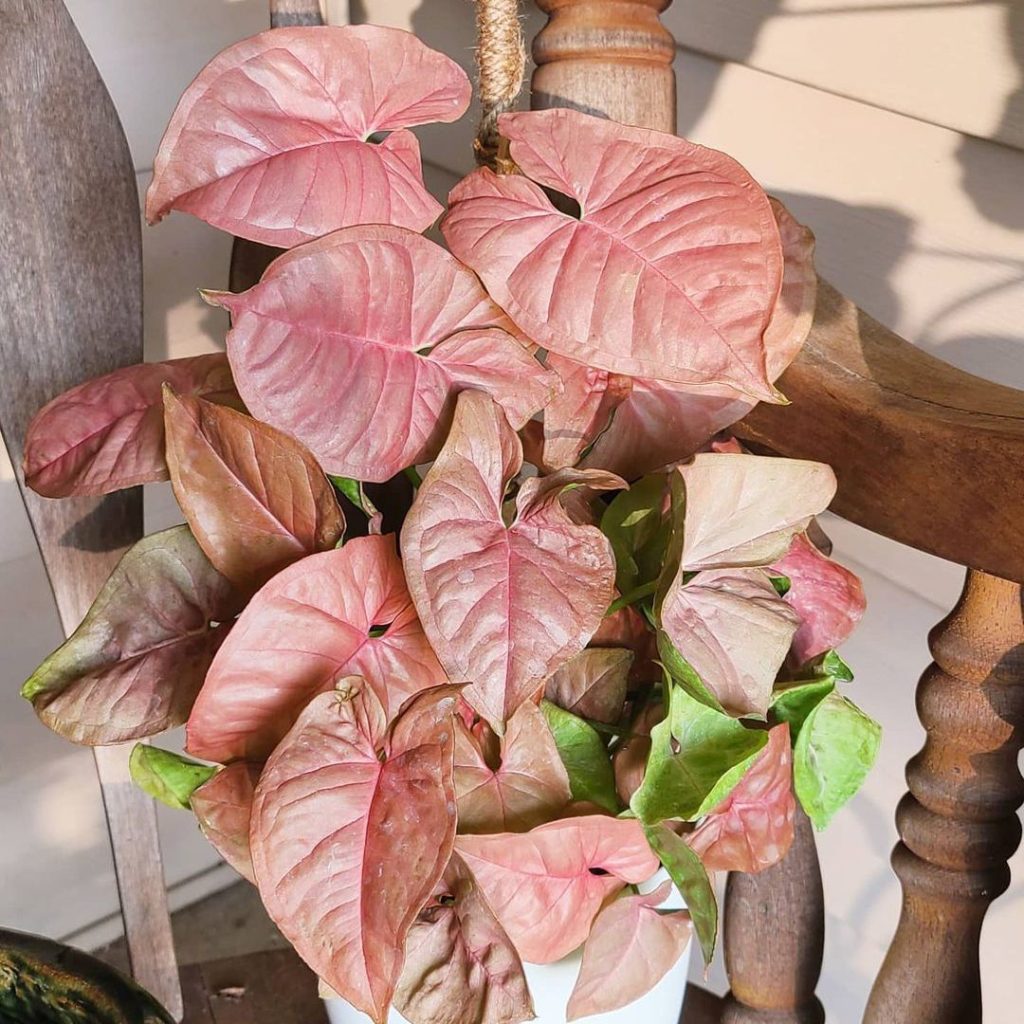
To get the pink variety of the Syngonium plant, the variety to be ordered is the Syngonium Neon Robusta. They thrive in temperatures between 60-80°F. Their basic requirements are adequate watering, bright indirect sunlight, organic soil, and well-drilled containers. They can survive in areas with a high level of humidity and warm temperatures.
Since they are rare, they are pretty expensive. They can be grown both indoors and outdoors but should not be kept in dark places when kept indoors. If you notice the leaves are turning brown, that is an indication of underwatering and this means the root is dried out.
If your plant is not too damaged, water consistently to boost the growth. Dried leaves cannot recover so you would need to snip or prune out dead and damaged leaves. They are toxic and should be kept away from pets and kids.
7. Stromanthe Tricolor

The Stromanthe Tricolor can be grown in pots and nursery beds meaning they would do well when grown either indoors or outdoors.
When properly nurtured, the Stromanthe Tricolor can grow up to 3 feet in height and they thrive in indirect light. When exposed to insufficient light, the leaves would start turning yellow.
Change the plant’s location to an area where it can receive bright indirect sunlight. When Stromanthe Tricolor leaves start turning brown at the edges, that is an indication they are deprived of adequate watering; the soil must not be dried out before watering as it would deprive the root of sufficient nutrients needed to grow.
Do not over-fertilize your Stromanthe tricolor in a bid to enhance their growth as this does more harm than good. Once you notice the leaves are turning yellow, stop fertilizing for a while till the root recovers. If the soil is too concentrated, you may consider repotting the plant to give it a fresh start. Fresh soil is fresh nutrients for your Stromanthe Tricolor.
8. Calathea Dottie
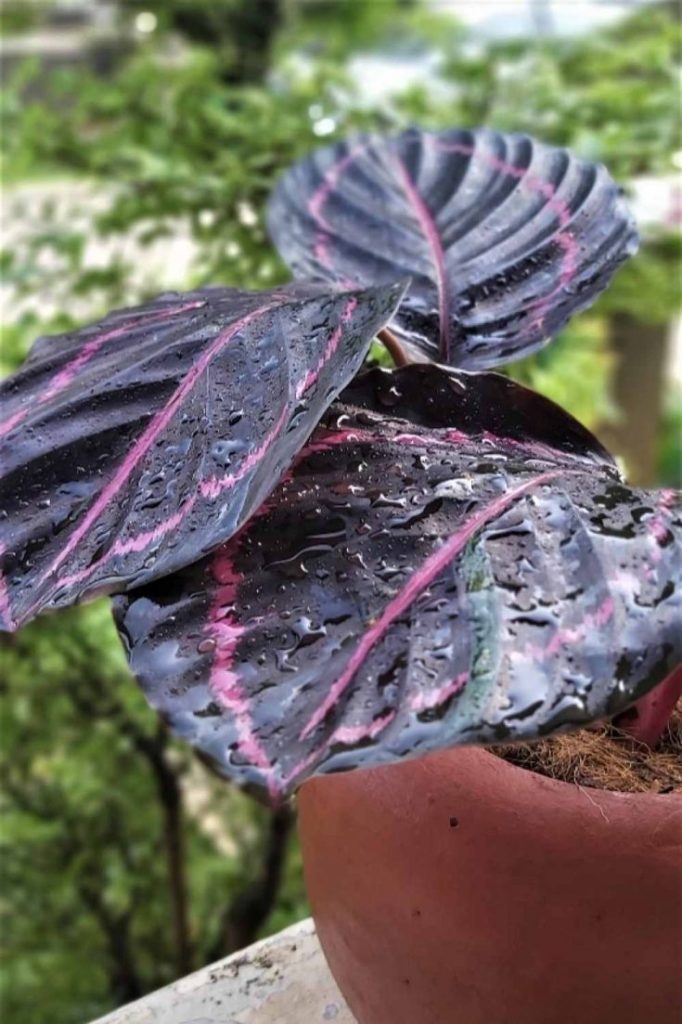
Placing them in direct sunlight would burn the leaves. water the base of the plant generously to allow an even and thorough spread of the water but do not allow the soil to become soggy.
Avoid inconsistent and uneven watering as it can change the foliage appearance of the plant by its leaves turning brown. Check the moisture level of the soil by checking how sticky or dry the soil is.
This helps in gauging the watering level. The Calathea is a fast grower, especially when properly tended to. Calathea Dottie is prone to temperature shock so it should not be moved or repotted often. Droopy or dull leaves are a pointer to underwatering and poor humidity.
Misting the leaves improves the humidity level of the plant. In addition, using humidifiers and placing them amidst other plants or trees can improve the humidity level of the plant.
9. Pink Princess Philodendron
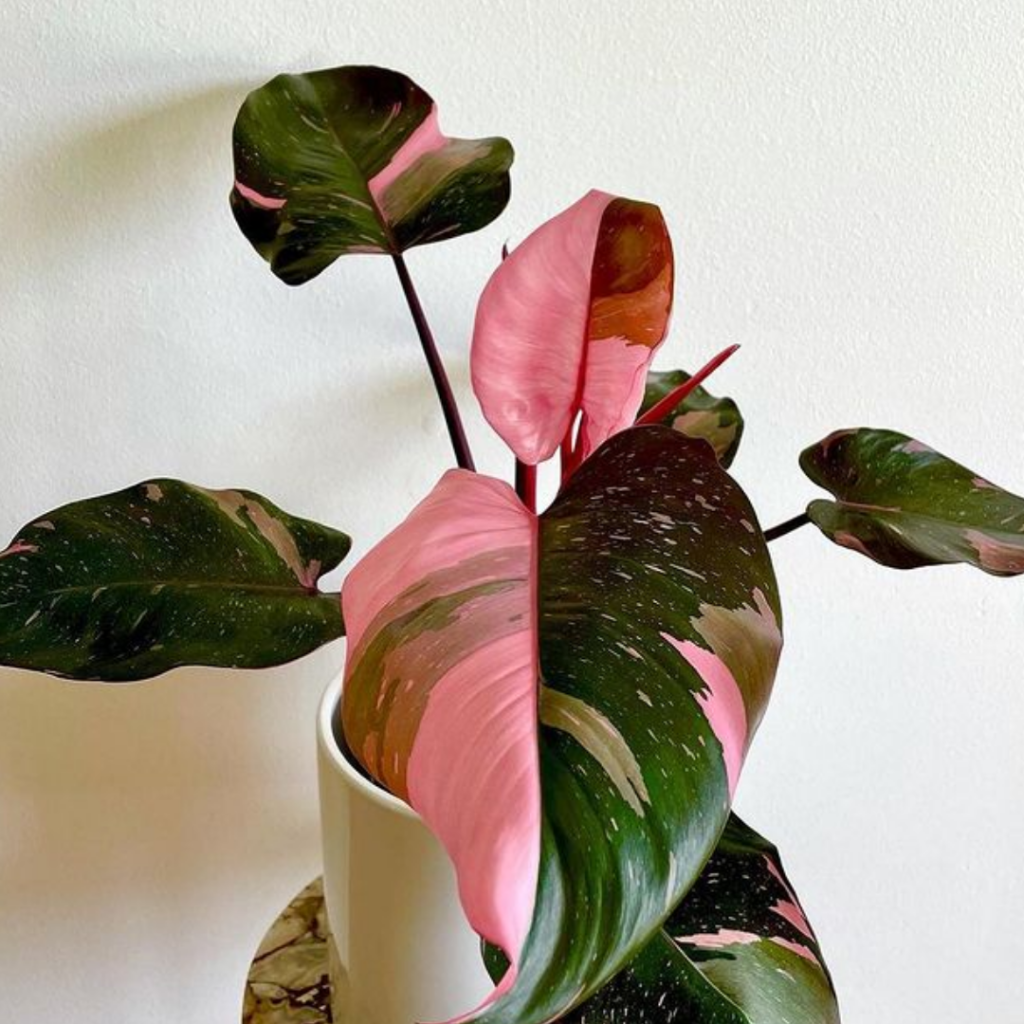
To keep the pink foliage appearance, ensure the plant is exposed to bright direct sunlight although it should still receive about 3 hours of bright sunlight; this would not burn the leaves.
The most appropriate soil for the Pink Princess Philodendron is well-draining soil that can hold moisture. Organic soil is your best option. Avoid fertilizing during winter as it would weaken the roots.
Balanced fertilizer is good for your plant but does not fertilize regularly. Change in foliage appearance is an indication you may be doing something wrong. It could be that you are under watering, overwatering, adding too much fertilizer or your Pink Princess Philodendron may just be experiencing a severe pest infestation.
Identifying the cause of the change in foliage appearance is the first step to fixing the issue. Grow your pink Princess Philodendron in attractive pots to enhance its outlook but ensure it is well drilled to allow good drainage of water.
10. Pink Polka Dot Plant
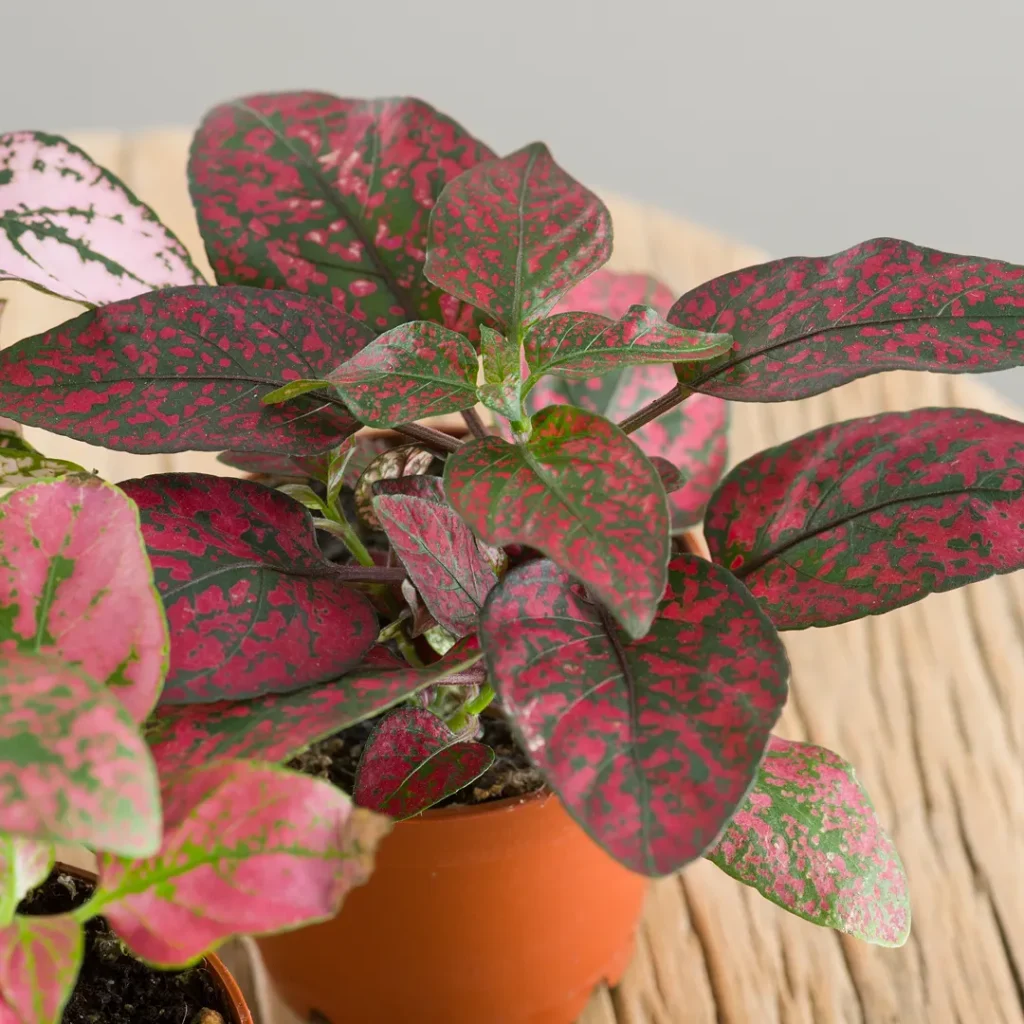
When grown in plain attractive containers, the Pink Polka Dot plant can be very eye-catching. The Pink Polka Dot should be grown in organic soil and the soil must remain moist. Organic fertilizers are best to boost the growth of your plant.
They thrive in humid and warm temperatures; you can improve the humidity level by misting the plants regularly and using humidifiers.
You can easily propagate the Pink Polka Dot by taking a cut below the stem of the plant and submerging it in water till the roots develop. Pinch back early growths to boost the growth of the Pink Polka Dot Plant.
The plant is non-toxic to pets but does not allow them to ingest the leaves to prevent choking. During winter, reduce watering the pink polka dot till the end of the season.
Final Note
Any of the pink house plants are great options for your home. With the provision of the basic requirements and care, your pink houseplants are sure to thrive.
Ensure you place them in attractive and stylish containers. To be creative, you can combine them with other colors of flowering plants to complement their appearance. Let us know how creative you can get with your pink house plants.

